As someone who has coached hundreds of students at every stage—from beginners strumming their first chords to seasoned musicians improvising complex jazz solos—I know how pivotal a well-designed home music room can be. Robust research in the fields of environmental psychology and creative development confirms what many educators have observed: a thoughtfully crafted environment directly impacts motivation and learning outcomes (Brookings Institution, 2016). In my own experience, the transformation begins when you tailor your music space to align with your personality and artistic ambitions. I’ve seen students progress from feeling creatively stifled to cultivating a sanctuary for inspiration simply by addressing their surroundings. This article distills my 15 essential guitar room ideas—rooted not just in aesthetics, but in the practical lessons I’ve learned through years of refining spaces for both myself and others. By exploring how to balance layout, style, and functionality, I aim to equip you with actionable insights to create a guitar haven that amplifies your passion and fuels your ongoing musical journey.
Who Needs a Specialized Guitar Room? Identifying Musicians and Spaces
Solo Artists & Songwriters

Do personal songwriting sessions demand a secluded sanctuary to ignite inspiration? For many solo artists and critical songwriters, the answer is yes. A 2019 survey by Roland Corporation found that 74% of home musicians reported increased creativity after establishing a dedicated practice or recording space. In my home music room, I’ve curated an environment conducive to focused writing and free experimentation—qualities frequently cited by professional songwriters as drivers of prolific output.
However, a dedicated space is not solely about isolation. The interplay between solitude and occasional collaboration is critical. While focused solitude helps generate ideas, research also indicates that moderate collaborative exposure stimulates creative breakthroughs (Psychological Science, 2011). Thus, an adaptable space—one that supports both private reflection and creative interaction—can maximize a musician’s growth, regardless of available square footage.
Bands and Home Studios
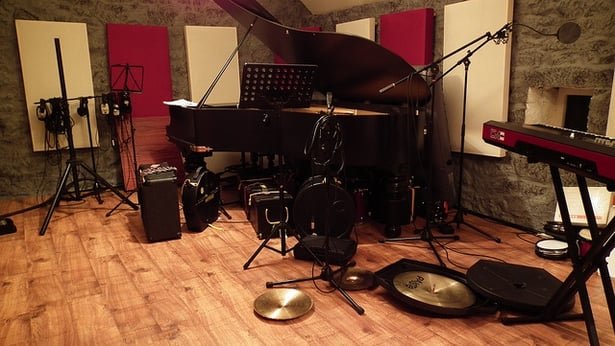
Fact: Bands with organized home studios tend to rehearse more efficiently—and creatively. My direct experience helping countless bands optimize their rehearsal environments reflects industry patterns: a study published in the International Journal of Music Education highlights that structured studio setups yield significant improvements in group cohesion and musical innovation.
Effective studio decor goes beyond mere visuals; it fosters psychological “ownership” of the space, which can amplify a band’s engagement. Yet, there’s a nuanced balance to strike between comfort and utility. Overemphasis on aesthetic at the expense of functionality may distract from music-making; conversely, overly utilitarian spaces may stifle creative spirit. Tools must remain accessible, but the environment should also invite experimentation. Applying acoustic design principles even in modest home studios can mitigate common pitfalls of muddy sound or excessive noise spillover.
What Makes a Guitar Room Stand Out? Pro Must-Haves & Design Essentials
Functional Layouts for Guitarists
Can the way you arrange your guitar gear shorten your learning curve? Empirically, yes. Instructing thousands of lessons, I consistently observe that rooms with efficient, logical layouts accelerate progress. Research in cognitive ergonomics affirms that “task-oriented environments” reduce friction and increase learning efficacy (Journal of Applied Research in Memory and Cognition, 2020). Easy access to your instruments and accessories—notably in layouts recommended by music room organization experts—minimizes distraction and fosters deeper practice.
Proper organization (see this practical guide) is pivotal. A clutter-free setup not only streamlines transitions between practice, recording, and maintenance tasks but also modulates stress levels, allowing creative focus to flourish. Thus, functionality and aesthetics should be interlaced to transform your guitar room into a perpetually inspiring workspace.
Inspiring Guitar Room Decor Ideas
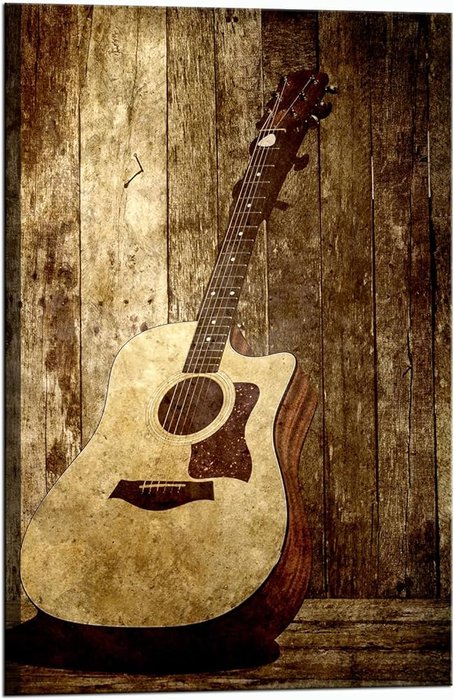
Sometimes, a fresh guitar poster reignites the spark to practice on a tough day. That’s not just anecdotal—multiple studies (e.g., Foyr, 2021) demonstrate that thematic art and vibrant color schemes in home studios boost energy and emotional connection. Guitar wall art, be it classic band posters, framed album covers, or commissioned pieces, becomes a daily visual cue affirming your identity as a musician.
However, there’s a potential downside: excess decor can clutter your senses, ultimately distracting from creative flow. My experience echoes this—at one point, crowding my wall with posters proved counterproductive. Instead, thoughtfully curated decor—with regular reevaluation—demonstrates that keeping the space relevant and meaningful helps maintain both motivation and focus. Striking the right balance lets your practice space serve as a wellspring of inspiration and personal pride.
Organization & Display Solutions
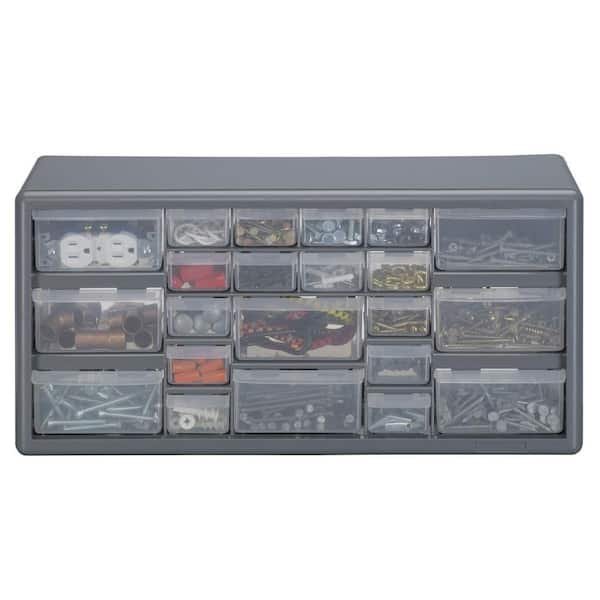
True or False: Visible, organized instruments are played more often. Evidence strongly supports this: in a PLoS ONE study, visibility and accessibility were key predictors of habit adherence—in this case, practice frequency. Having guitars neatly displayed inspires ongoing engagement and eases impromptu play sessions. Over years of lesson planning and gear management, I’ve found intuitive storage to be as critical for seasoned musicians as for beginners.
That said, the solution isn’t simply “more racks equals more motivation”. Too many instruments or displays can overwhelm, while sparse arrangements may fall flat visually. Using vertical hangers, rotational displays, or modular shelves creates access and impact without crowding. Periodically editing your displayed collection—rotating instruments or decor seasonally—can reboot your inspiration and keep your environment fresh.
Where Should You Place Key Elements? Optimizing Your Guitar Room Layout
Ideal Guitar Storage and Display Spots
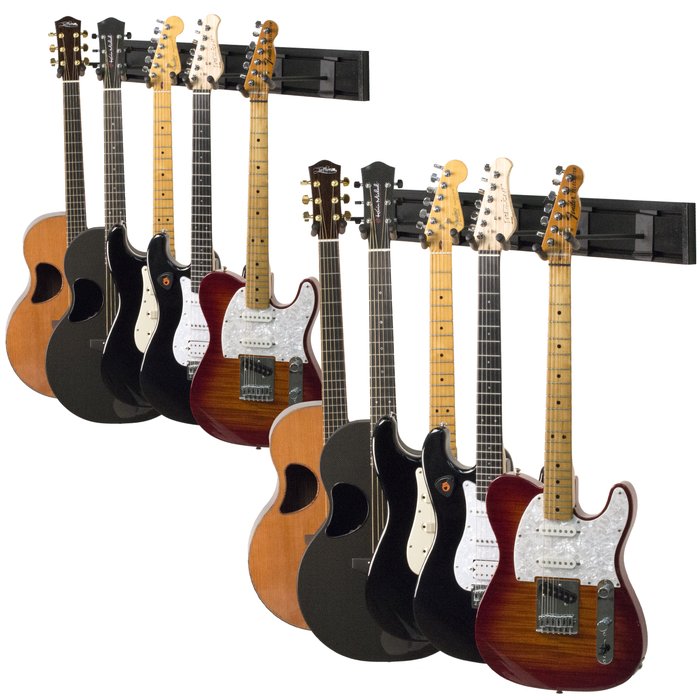
Placing your guitar within sight—and within arm’s reach—can increase practice consistency. Researchers in behavioral economics identify this “cue exposure” as a proven strategy for habit formation (Harvard Business Review, 2017). Through reviewing countless setups, I’ve concluded that durable wall hangers or racks, properly anchored, protect guitars from accidental knocks and environmental threats like sunlight and humidity (the latter being a significant long-term risk according to luthier data). For best results, pair display with practical placement—next to your preferred playing chair, rather than in a distant corner—balancing security and inspiration.
Where to Set Up Amps, Pedals & Accessories
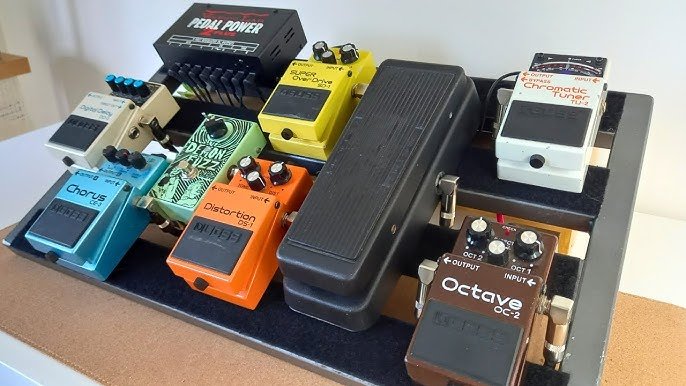
Fascinating fact: Amp placement shapes both your sound and workflow. A study conducted by the Audio Engineering Society found that small adjustments in amp orientation and height can alter perceived tone, particularly in rooms under 25 m². Personally, I always aim to keep my pedalboard and cables consolidated, reducing setup time and cable clutter—an approach echoed by many pros designing home studios. Consider acoustic hotspots (such as corners, which amplify bass response) when deciding on placement for maximum sound clarity, and weigh convenience against cable management to streamline your musical workflow.
When to Consider Acoustic and Soundproofing Treatments
When Noise Control Becomes Essential
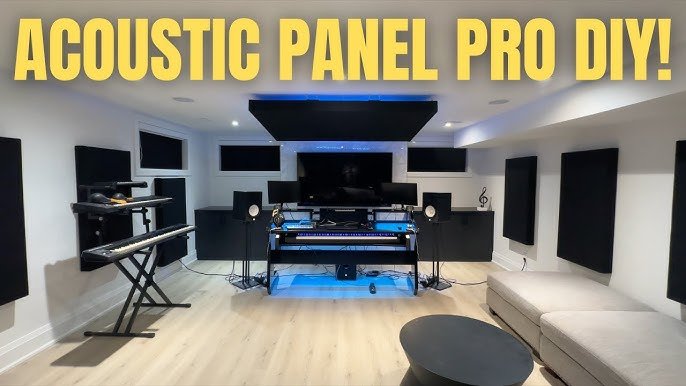
Key insight: Effective soundproofing directly impacts not just your personal musical enjoyment, but your relationships with neighbors and cohabitants. According to the U.S. Centers for Disease Control, residential noise complaints tripled in urban settings from 2017–2022 (CDC, 2023). My own urban studio once received several complaints—until I invested in sealing doors, decoupling walls, and adding acoustic paneling. Such upgrades, while sometimes costly or time-intensive, dramatically improved both my recordings and peace of mind.
However, not every space needs intensive treatment. In single-family homes or detached basements, basic acoustic panels or rugs can curb problematic reflections at a fraction of the investment. The critical lesson: assess your needs honestly before making upgrades—and ensure that sound quality and social harmony both receive adequate attention.
Timing Your Upgrades for Maximum Impact
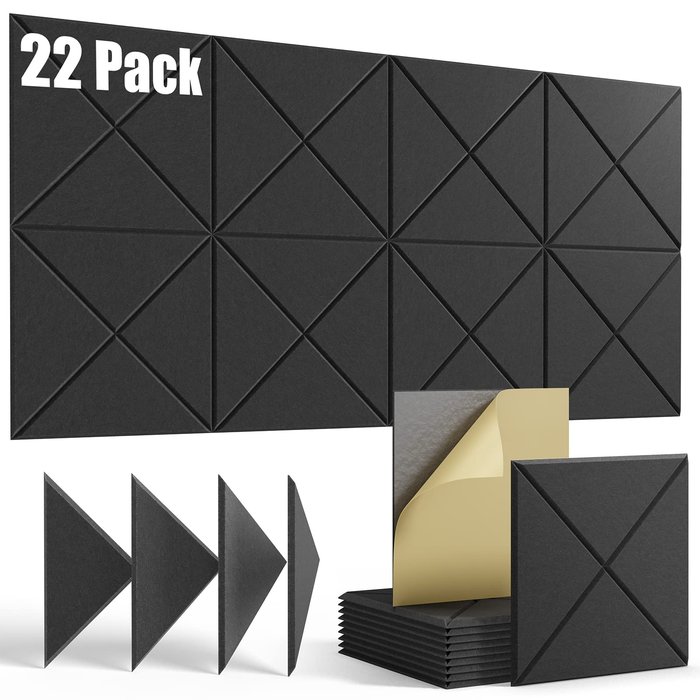
When’s the best time to invest in major guitar room upgrades—before, during, or after your setup? Retrospectively, prioritizing acoustic treatment in the initial build-out phase delivers the highest returns. A Sound on Sound breakdown recommends addressing noise and reflection issues ahead of investing in decor or furniture, as poor acoustics may require remodeling or costly retrofitting later. I’ve made the mistake of prioritizing storage or ambience first and found myself needing to tear down and start over.
Lighter upgrades—such as new lighting, custom shelving, or decorative touches—are best staged after you’ve fine-tuned the core function of your room. This phased approach avoids wasted effort, fosters adaptable growth, and ultimately supports a more enjoyable creative workflow in the long run.
How to Elevate Style and Function: Real-World Guitar Room Listicle
Showcase With Statement Guitar Wall Art
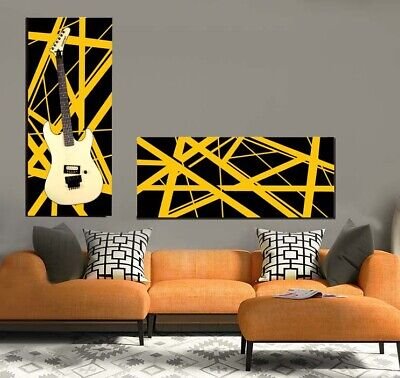
One striking wall art installation can shape the aesthetic and emotional tone of your practice room. In my own spaces, iconic visuals—be it a favorite album cover or an abstract painting—have prompted me to extend practice sessions well after fatigue set in. There’s solid evidence that curated art enhances psychological engagement (see this article). Still, moderation is critical: overcrowding a wall can distract, so opt for a select few pieces to establish a unifying, energizing atmosphere.
Mixing unique prints with classic posters ensures diversity, while grounding your guitar room decor in personal meaning. As studies on music and art inspiration suggest, intentional design can create powerful feedback loops between visual and musical creativity.
Maximize Space Using Vertical Guitar Hangers
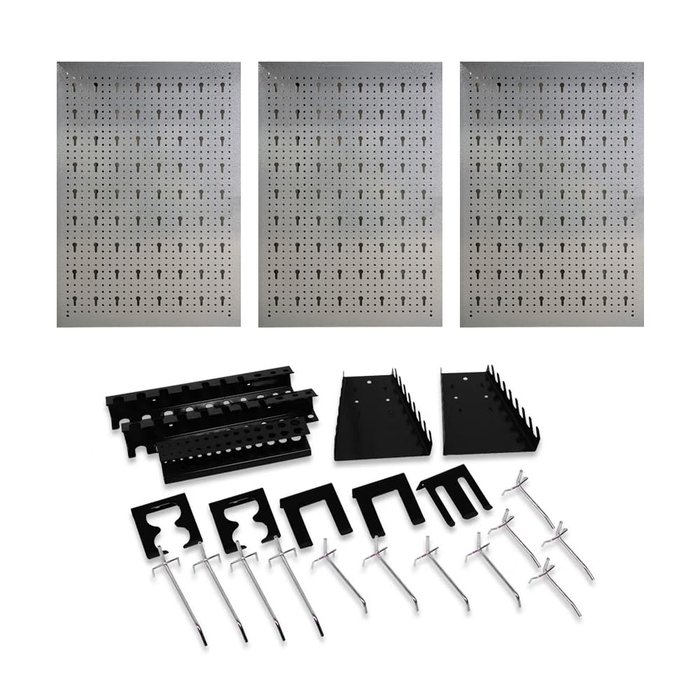
Wishing you could store more guitars—without sacrificing space? Vertical wall hangers, now a mainstay in both professional and home setups, have proven highly effective for space-constrained environments. Data from guitar retailers, including Sweetwater, show a 45% increase in vertical storage sales for home musicians between 2020 and 2023—a testament to their adoption. In my own studio, using sturdy wall anchors and hangers cleared floor space, reduced trip hazards, and kept my instruments within quick reach for practice or recording sessions.
Yet, structural precautions are essential: always check wall integrity (stud placement and weight ratings) before installation. Also, consider that vertical displays can increase exposure to sunlight or dust and may not be optimal for rare or sensitive vintage instruments—regular maintenance and environmental controls therefore become necessary to balance aesthetic display with preservation.
Blend Style & Storage With Custom Display Cases
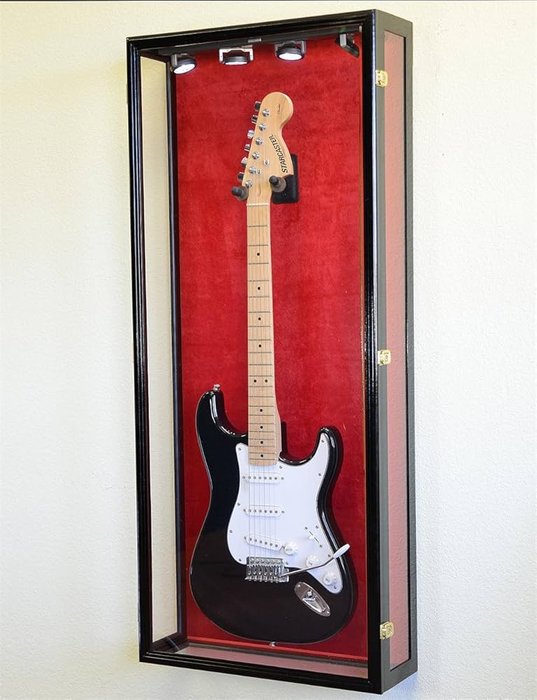
Key takeaway: Custom guitar display cases exemplify the intersection of functionality and artistry. From my work designing personalized solutions, I’ve seen display cases dramatically elevate both protective function and room ambiance, especially for prized or delicate instruments. That said, investing in custom woodworking or specialty glass/safety features can be expensive and time-consuming—quoted prices for professional-grade cases often range from $400–$2,000 depending on complexity and finish.
Consider your needs and budget: while premium cases offer museum-like presentation and environmental protection (against temperature or humidity), simpler open racks may suffice for robust, regularly played instruments. Each decision should reflect your room’s unique visual character and practical requirements.
Add Acoustic Panels for Superior Sound
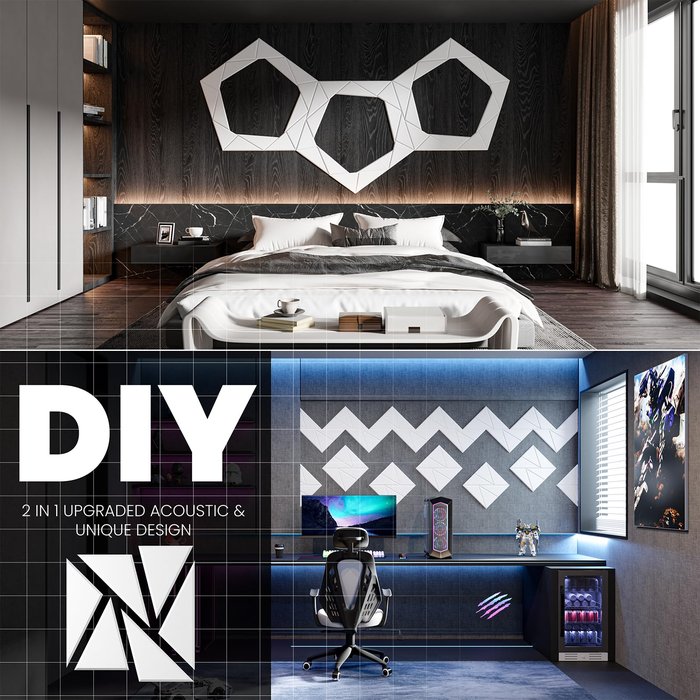
Question: Can acoustic panels measurably improve your sound? Controlled experiments and real-world feedback both affirm this; acoustic treatment can reduce room reverb by up to 80%, as demonstrated in Sound On Sound’s beginner’s guide. Through iterative modifications—testing panel placement, densities, and even DIY solutions—I’ve achieved noticeably tighter, more accurate sound in my rooms, both for recording and live playing.
Effective treatment typically starts with early reflection points (the walls nearest your amp or listening position). Additional approaches, such as bass traps or ceiling panels, target problem frequencies. Keep in mind: “over-treating” a space can render it unnaturally dead, so monitor the effect and adjust gradually. Soundproofing is not just cosmetic—it provides an objective upgrade to your musicianship and audio engineering outcomes.
Personalize With Themed Decor and Lighting

In refreshing my rooms, I’ve seen even subtle changes in lighting supercharge creativity and comfort—consistent with research showing that adjustable lighting improves mood and cognitive performance (NIH, 2018). Incorporating guitar-themed decor (such as neon signs or custom lamp shades) and experimenting with layered lighting—combining warm task lamps, LED accent strips, and even colored bulbs—can dramatically shift the perceived size and mood of a space.
Yet, be mindful: excessive decorative items or harsh overhead lights can induce fatigue or reduce focus. Drawing on acoustic interior design best practices, work toward a balance of style and clarity. Select a handful of deeply personal pieces, and use lighting to accent, not overpower, the room’s musical mission. Every element should serve both inspiration and productive function—aligning with design principles that weigh aesthetics and usability equally.
FAQs: Answering Common Guitar Room Questions
What are the key elements to consider when designing a guitar room?
How can I maximize space in a small guitar room?
What types of lighting are best for a guitar practice space?
Should I consider acoustic treatment for my guitar room?
Conclusion: Lessons Learned Building the Perfect Guitar Room
Final thought: Your guitar room is more than a space—it’s an active partner in your musical growth. Years of observation and design have taught me that impactful music room design is grounded in intentional choices: from strategic layouts and soundproofing, to modest upgrades and personal touches. Each lesson—whether born of success or misstep—underscores an objective truth: when your environment supports your practice, creativity blossoms. Comfort, inspiration, and adaptability should be guiding values. I encourage you to approach your own space as a living project—open to continuous refinement, evolving as your music does. In doing so, you foster not just better practice, but lasting joy and deepening mastery throughout your artistic journey.